Magical Water Repellent Wood Preservatives: Ensuring Durability and Protection
Wood, as a natural material, has been a cornerstone in construction, design, and art for millennia. Its versatility and aesthetic appeal make it a favorite, but when exposed to the environment, it is susceptible to damage. The class of water repellent wood preservatives is a game-changer in its protection in many ways.
From the deck in your backyard to the wooden boat anchored at the marina, these preservatives ensure that the beauty and strength remain uncompromised.
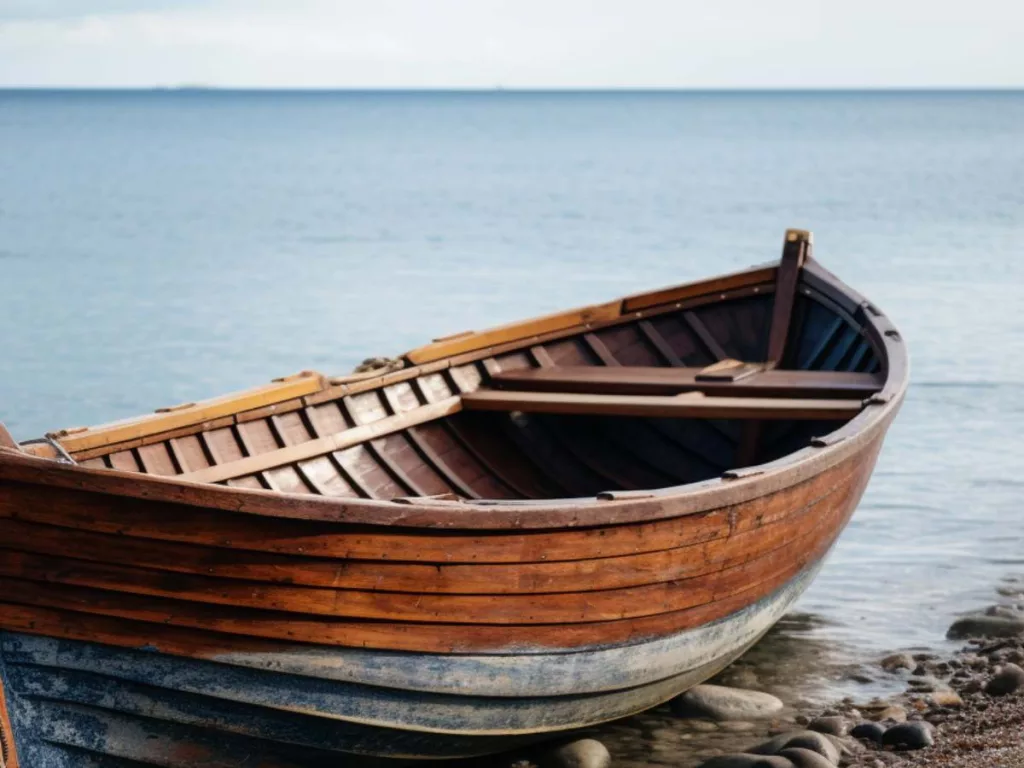
The Science Behind Water Repellency in Wood
Understanding the science behind water repellency in wood is crucial. It’s not just about applying a coat of preservative; it’s about understanding how it interacts with these compounds to offer maximum protection.
At its core, water repellent preservatives serve a dual purpose. First, they create a barrier, preventing it from seeping into the wood. Second, they preserve the material from fungi, pests, and other deteriorating agents. This dual action ensures that wood remains both functional and aesthetically pleasing for years.
How Water Damages Wood
Water is wood’s arch-nemesis. While it might seem harmless, prolonged exposure can lead to a plethora of issues.
The Effects of Moisture on Wood’s Structure and Durability
Wood is hygroscopic, meaning it absorbs and releases moisture from its surroundings. When wood absorbs too much moisture, it swells. Conversely, when it loses moisture, it shrinks. This constant expansion and contraction weaken the the structure over time, making it susceptible to cracks and breaks.
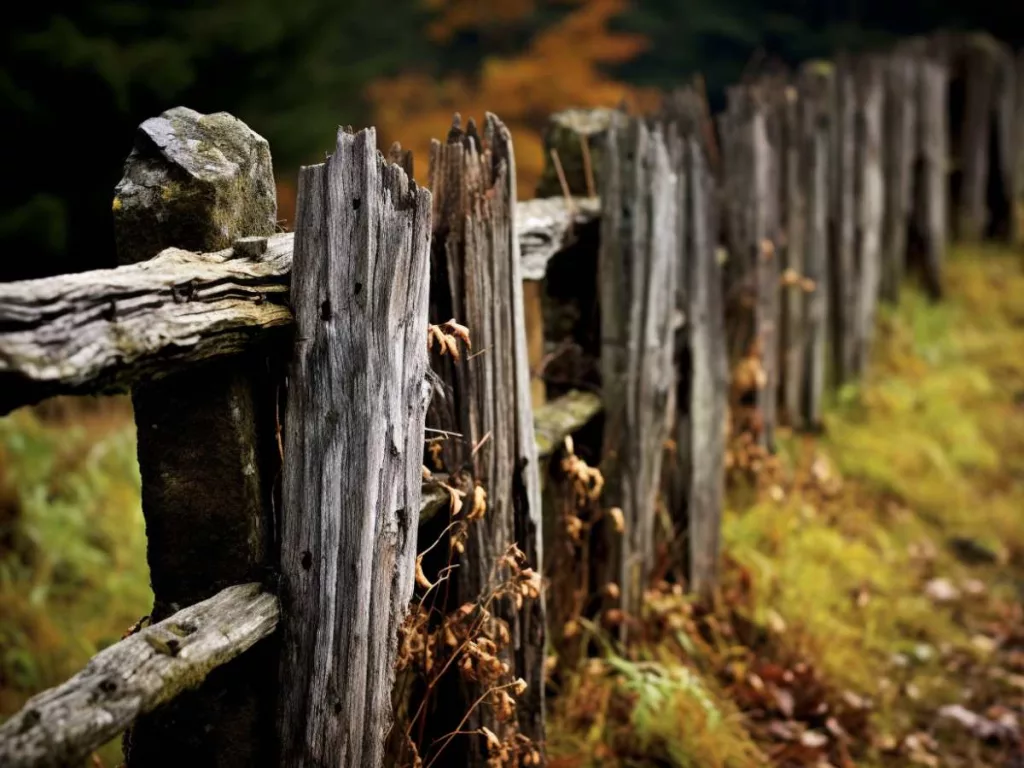
Common Issues like Warping, Swelling, and Decay
Beyond structural issues, moisture introduces wood to mold, mildew, and fungi—all of which can lead to fiber decay. Warping and swelling are physical manifestations of the damage, often leading to misshapen and weakened the structures.
Chemistry of Water Repellents
The chemistry of water repellents offers insights into how these compounds work at molecular level.
Compounds that Make Wood Water-Resistant
Water repellent preservatives often contain hydrophobic compounds. These compounds, when applied to wood, fill the pores and form a barrier, making it difficult for water molecules to penetrate. Common ingredients include paraffin waxes, silicone, and certain resins, each offering a unique protective characteristic.
How These Compounds Interact with Wood Fibers
The interaction is more than just a surface-level bond. These compounds penetrate the wood, ensuring that protection is not just skin deep. They bind with the fibers, ensuring that even if the surface is scratched or damaged, the wood underneath remains protected.
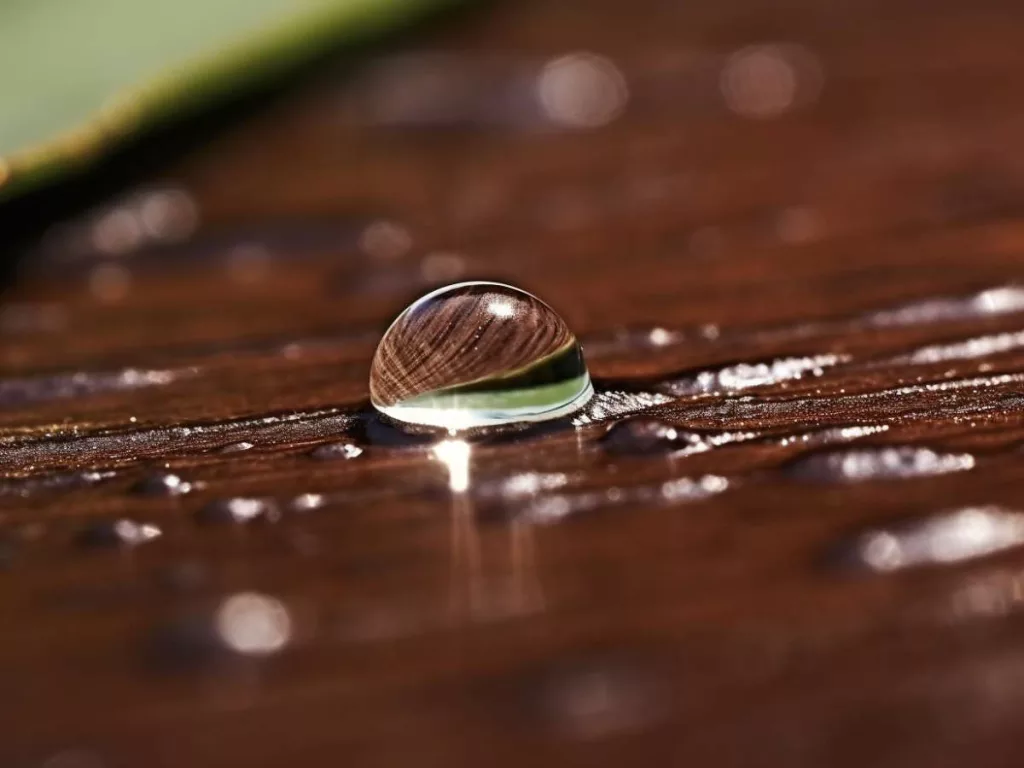
Types
The world of preservatives is vast and varied. With advancements in technology and a better understanding of chemistry, a plethora of options have emerged, each tailored to specific needs and environments.
Natural vs. Synthetic Types
Natural Water Repellent Wood Preservatives
Nature has its own arsenal of protectants. Organic oils, such as linseed and tung oil, have been used for centuries to protect wood. Derived from plants, these oils penetrate deep into the fibers, providing a natural barrier against moisture. They enhance the wood’s natural beauty, giving it a rich, warm finish. However, they might require more frequent reapplication compared to their synthetic counterparts.
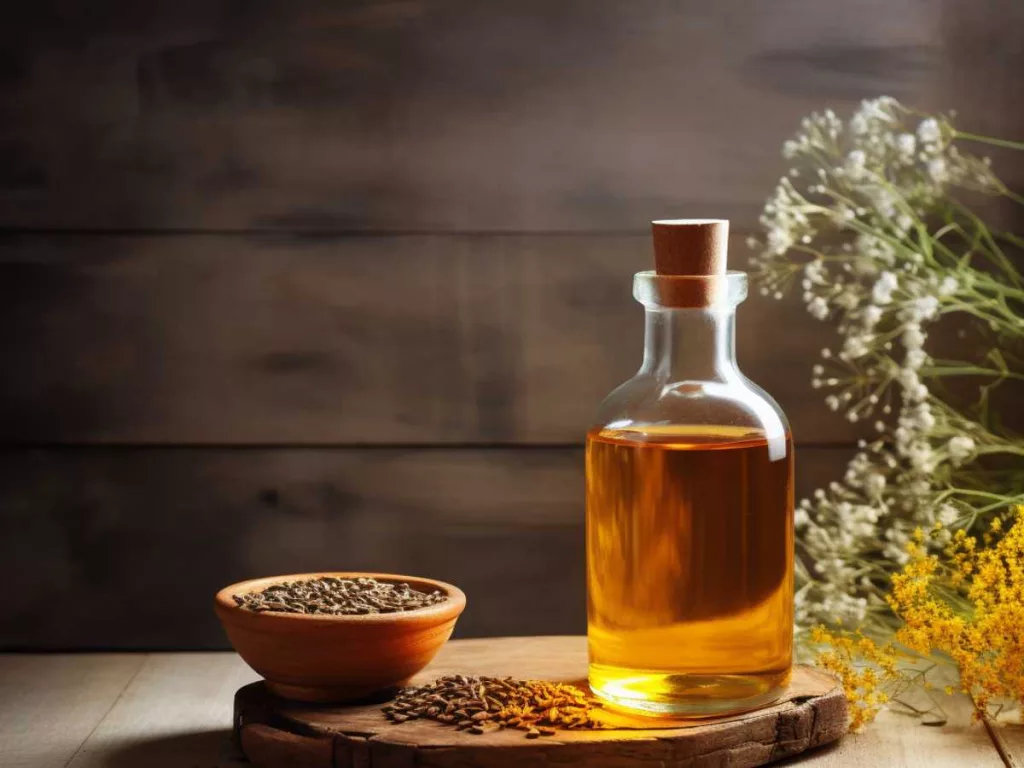
Synthetic Preservatives
Modern challenges require modern solutions. Synthetic preservatives are a result of scientific research and technological advancements. They offer longer-lasting protection against a broader range of threats, from UV rays to fungal decay. While they might lack the natural finish of organic oils, their durability and efficacy are often unmatched.
There are many synthetic products in the market with water repellent properties, namely, Thompson’s WaterSeal, Cabot Stains, Olympic Stain and Sealant, Wolman RainCoat, Behr Premium Wood Coatings, Duckback Superdeck, TWP (Total Wood Preservative), WoodRx, Zinsser Wolman Classic Wood Preservative, and Ready Seal.
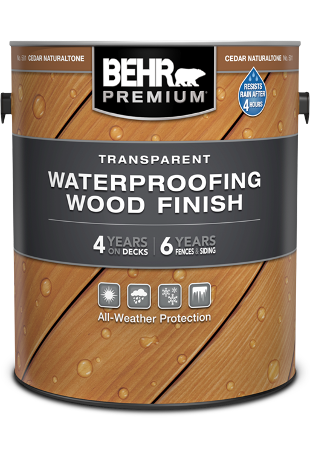
Solvent-Based vs. Water-Based Preservatives
Solvent-Based
These use organic solvents as carriers for the protective compounds. They penetrate deeply, offering robust protection. Solvent-based solutions are known for their durability and resistance to wear and tear. However, they might emit strong fumes during application and are often more flammable.
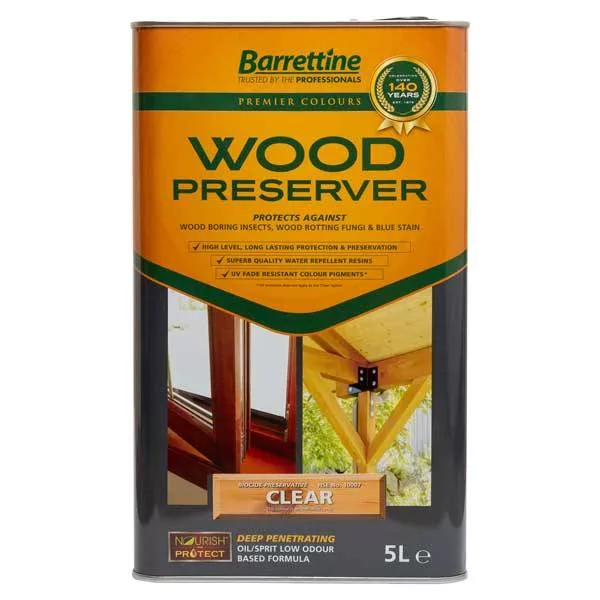
Water-Based
A more environmentally friendly option, water-based hydrophobic preservatives use water as a carrier. They are easier to clean up, emit fewer fumes, and are generally less toxic. While they might not penetrate as deeply as solvent-based options, advancements in technology have significantly improved their efficacy and longevity.

When choosing between the two, consider factors like the wood type, environmental conditions, and the desired finish.
Application or Use and Maintenance
Protecting wood is not a one-time task. It’s an ongoing process that starts with proper application and continues with regular maintenance.
Preparing Wood for Treatment
- Clean and Pristine: Before any treatment, the surface must be clean. Remove any dirt, debris, or old finishes. This ensures that the preservative gets a good grip and penetrates deeply.
- Dry and Ready: Moisture is a barrier to effective treatment. Ensure it is dry, either naturally or using tools like heaters. Dry wood absorbs the preservative better, ensuring maximum protection.
Planing
- Wood Planing: This process involves shaving off a thin layer from the surface to make it smooth and even. Planing can also help remove any old finishes, rough patches, or imperfections.
- Reasons for Planing Before Applying Preservative:
- Better Penetration: A freshly planed surface allows for better penetration of the preservative. This ensures that the wood receives maximum protection.
- Adhesion: A smooth and even surface ensures better adhesion of the preservative, leading to a more uniform application.
- Aesthetics: Planing can enhance the appearance, and when followed by a preservative or finish, the final result is often more visually appealing.
- Post-Planing Steps: After planing, it’s a good practice to lightly sand the wood to further smooth the surface and open up the pores. This step can further enhance the penetration and adhesion of the preservative.
- Application of Preservative: Once the wood has been planed (and possibly sanded), the preservative can be applied.
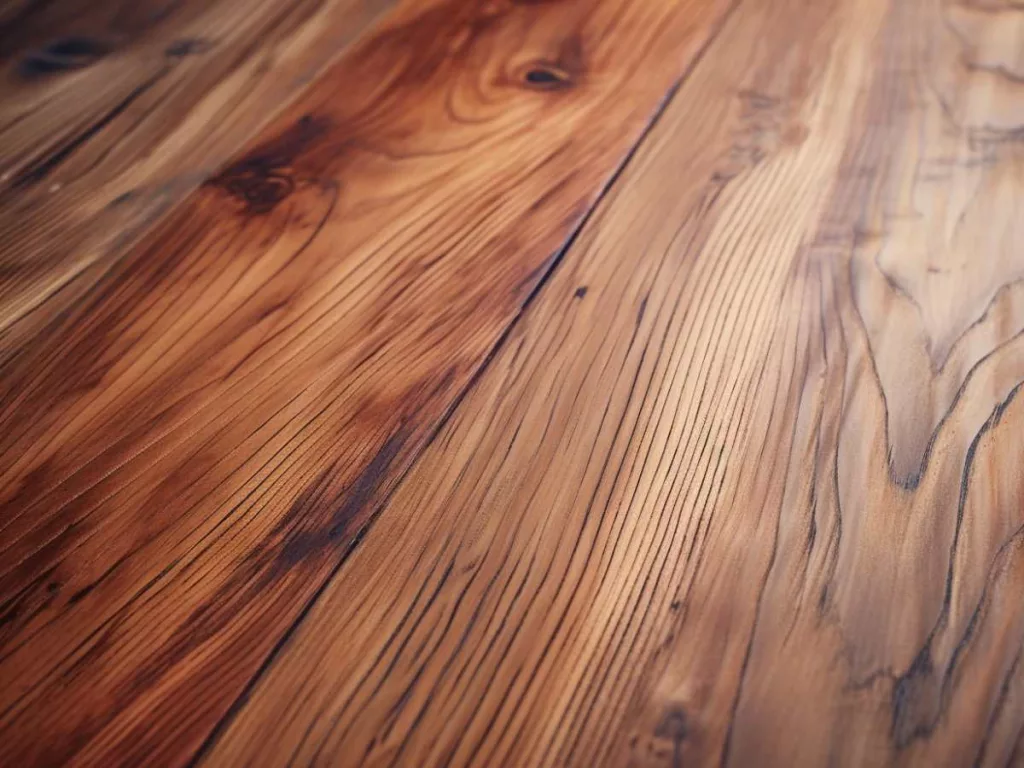
Best Application Techniques
- Brushing: Ideal for small projects, brushing allows for precision. It’s essential to use the right brush size and type for the best results.
- Spraying: For larger areas, spraying can be more efficient. It offers even coverage but requires protective gear to prevent inhalation of fumes.
- Dipping: For smaller objects, dipping ensures complete coverage. It’s a quick method but might use more preservative than other techniques.
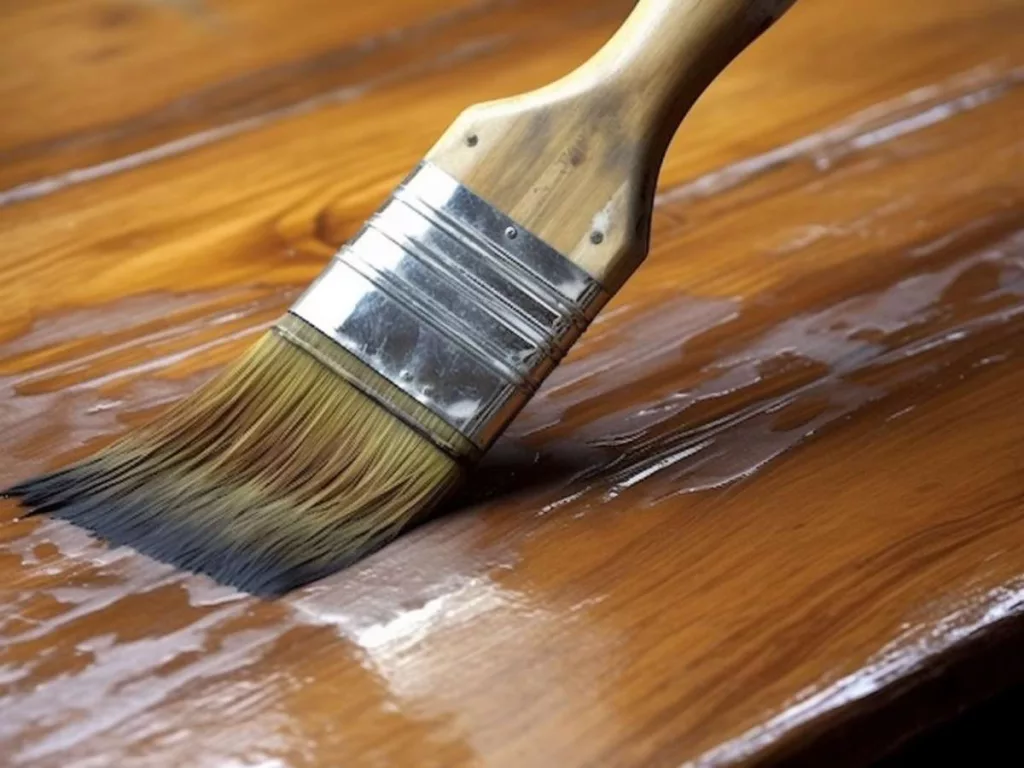
Regardless of the method, the key is even coverage. Multiple thin coats often work better than a single thick one.
Maintenance and Reapplication
- Stay Vigilant: Over time, even the best preservative can wear off. Regularly inspect the wood for signs of wear, discoloration, or damage.
- Reapply When Needed: If the water no longer beads up or the finish looks worn, it’s time for a reapplication. Proper maintenance ensures that the wood remains protected and looks its best for years.
Exterior Wooden Objects That Benefit from these preservatives
From small pyrography nameplate pieces hung on your gates to big walkways to exterior claddings everything needs to be preserved to last long. Here are some commonly used objects we expect to last long.
Outdoor Furniture
Patio sets, benches, and loungers or any exterior wood is constantly at the mercy of the elements, from scorching sun to pouring rain. Preserving them not only extends their life but also maintains their aesthetic appeal. As a woodworker, I’ve seen firsthand how a beautifully crafted teak lounger can withstand years of use when treated properly. Sometimes, a coat of enamel paint is good over the preserved outdoor wooden object enhances the appearance, but it has an additional risk of growing rot and decay for due to the trapped moisture inside the thing.
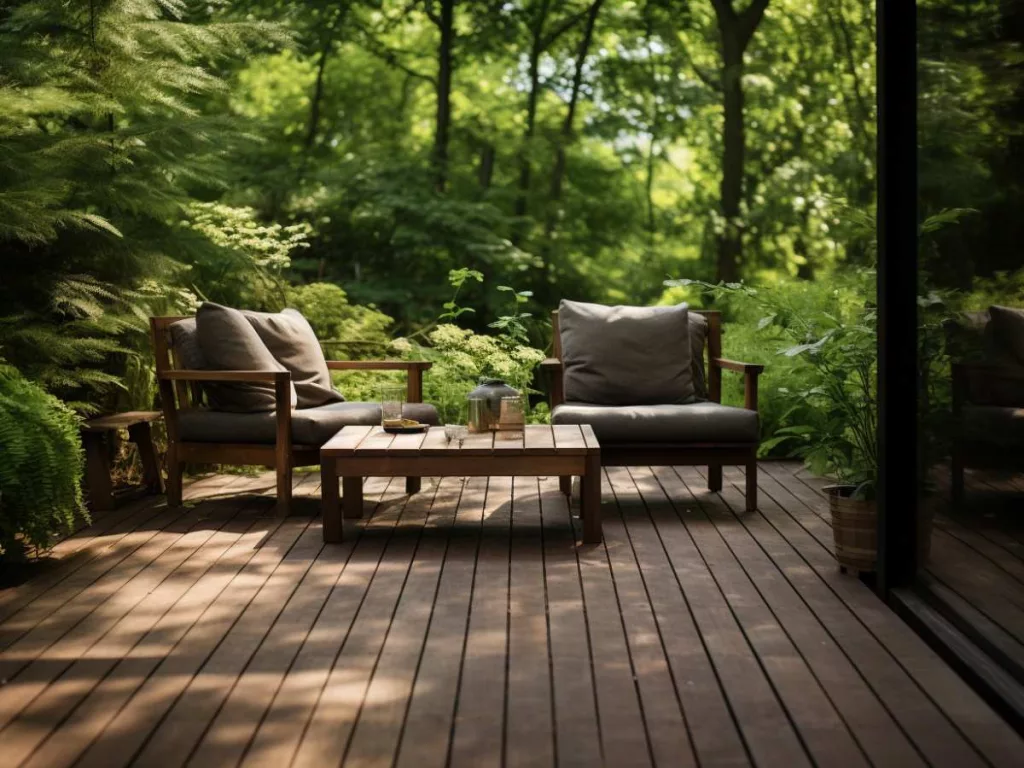
Wooden Decks
Decks are continuously exposed to moisture and UV rays. A protective layer is crucial to prevent issues like warping, decay, and discoloration. From my experience, an untreated deck often requires repairs within a few years, while a treated one can last decades with minimal maintenance.
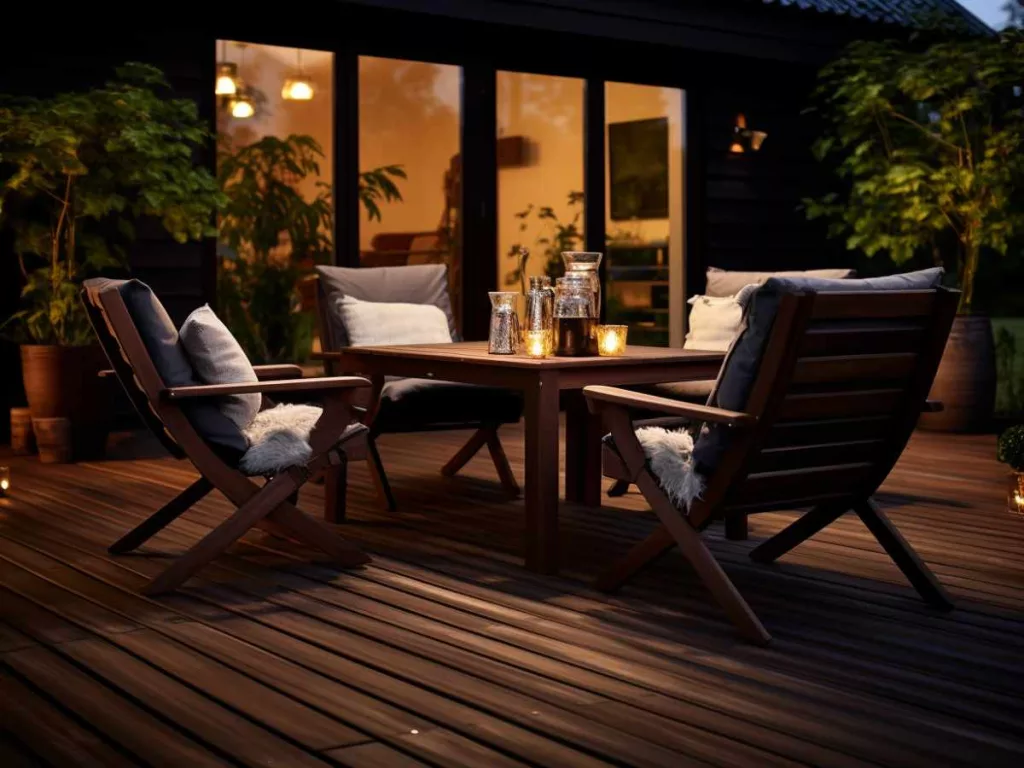
Fences and Gates
Fences have a unique challenge, battling soil moisture from below and weather conditions from above. Proper treatment ensures they remain sturdy and visually appealing. I always advise homeowners that a well-preserved fence can stand strong for decades, saving them both time and money. They are in ground contact and you got to choose a product that acts also as fungicidal preservative.
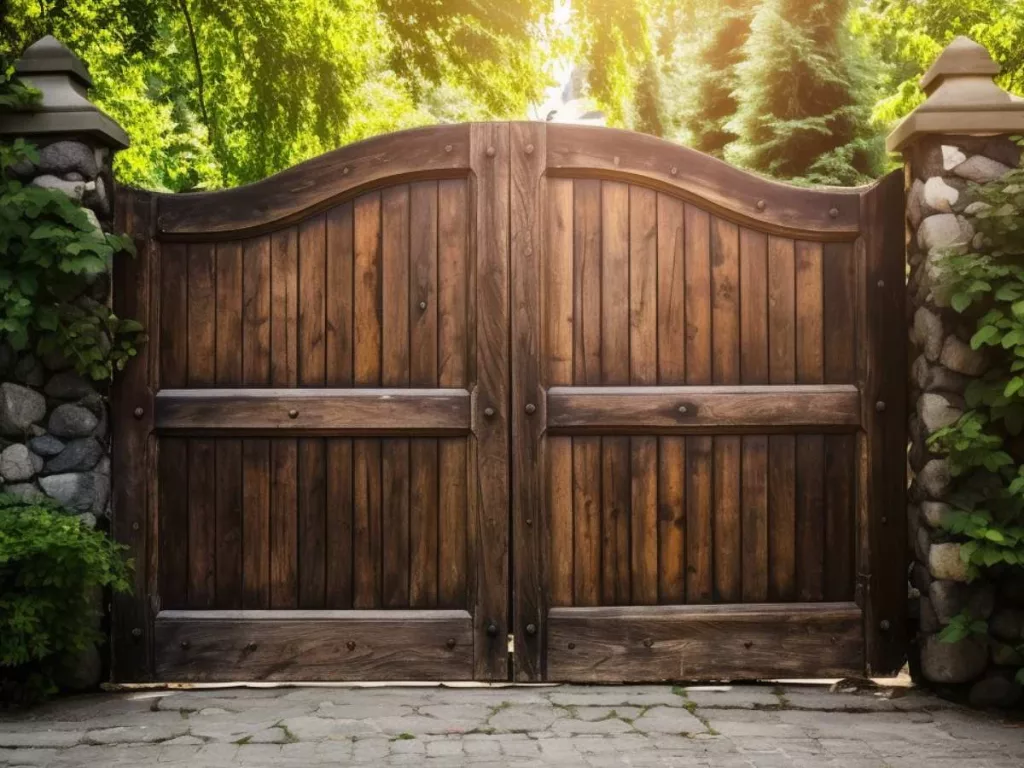
Garden Structures
Garden structures like pergolas, trellises, and raised beds are in constant contact with plants and soil. Preservatives protect them from rot and pests. One of my proudest creations, a garden trellis, has remained intact and strong for over 15 years, thanks to annual treatments.
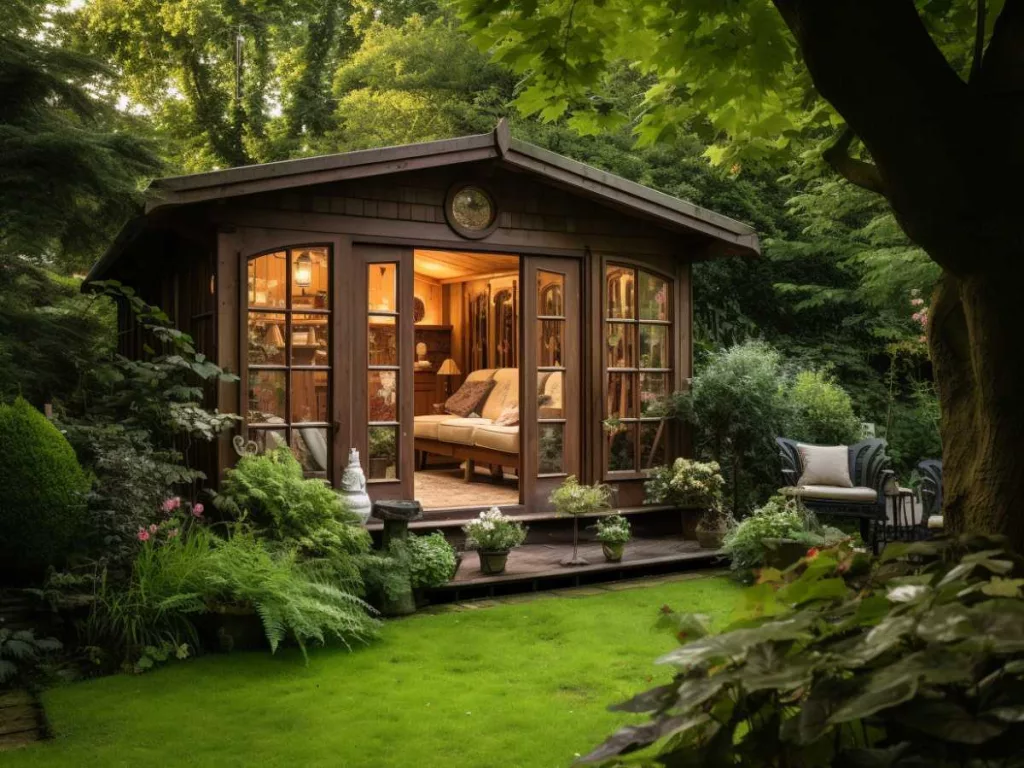
Exterior Cladding and Siding
Siding acts as a home’s first line of defense against the elements. By preserving it, homeowners can enhance its lifespan and reduce maintenance costs. In my woodworking journey, I’ve observed that properly treated siding inhibit decay and can save homeowners significant amounts in the long run.
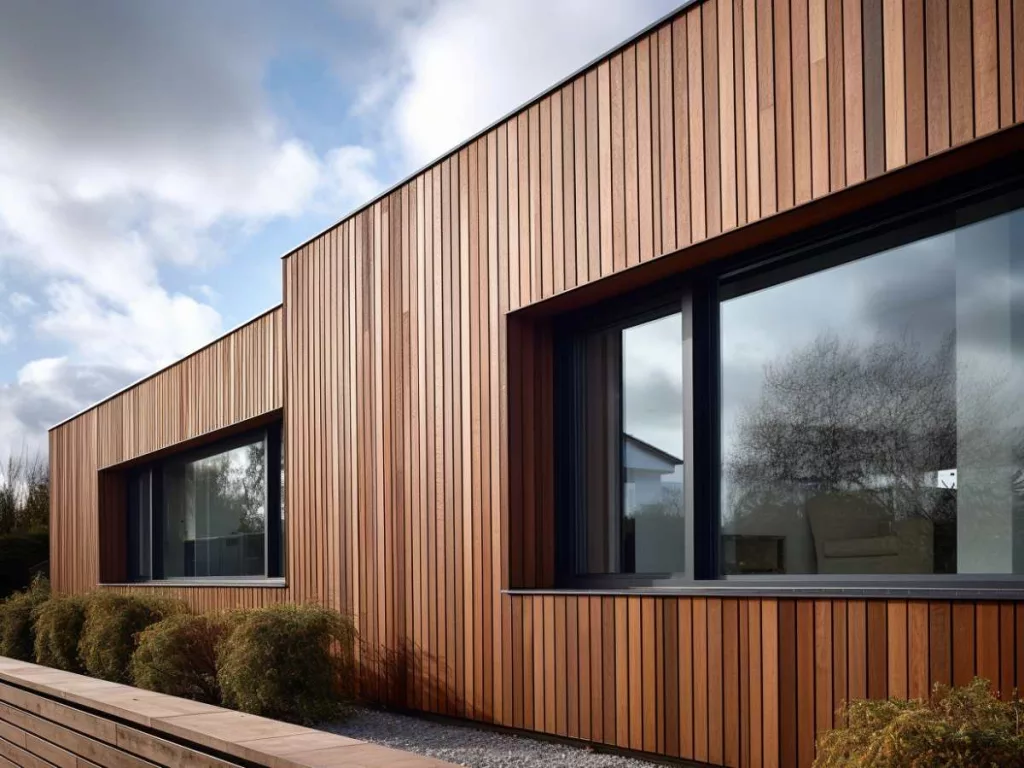
Walkways and Bridges
Often constructed over or near water, wooden walkways and bridges need robust protection. They must repel water and maintain structural integrity. I’ve reconstructed bridges that deteriorated in just a few years due to lack of treatment, a testament to the importance of proper preservation.
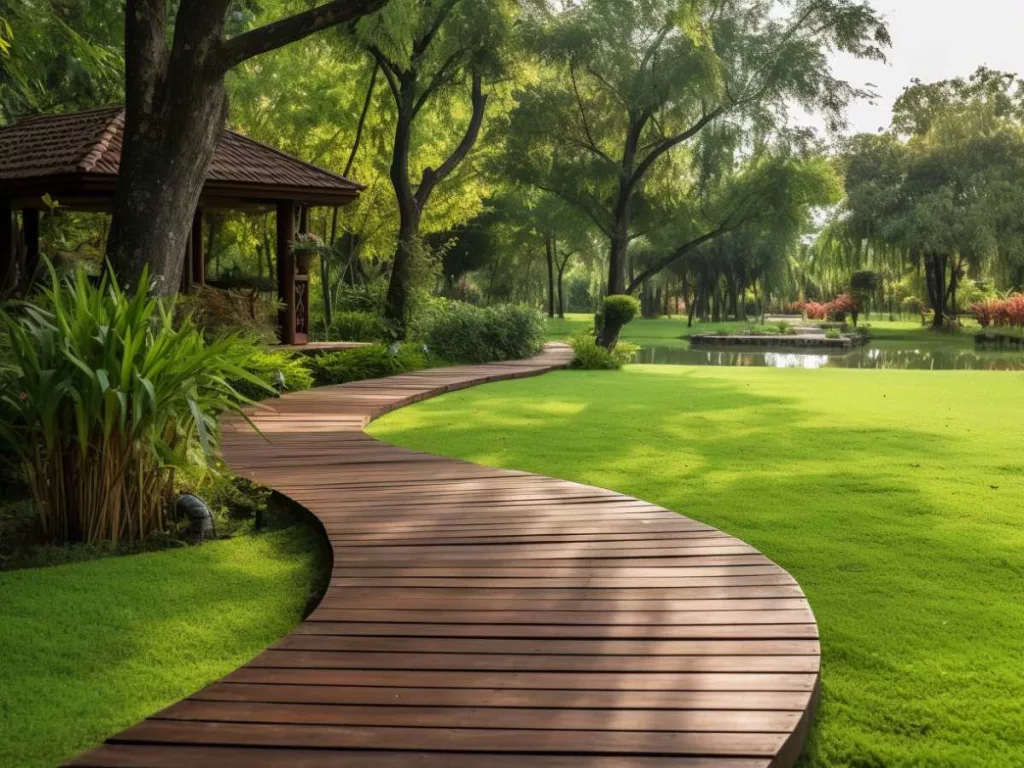
Boats
Constant immersion challenges wooden boats. With the right water-repellent preservatives, a boat’s life can be extended, rot can be prevented, and its aesthetic appeal maintained. A boat I treated a decade ago still sails smoothly, showing no signs of decay.
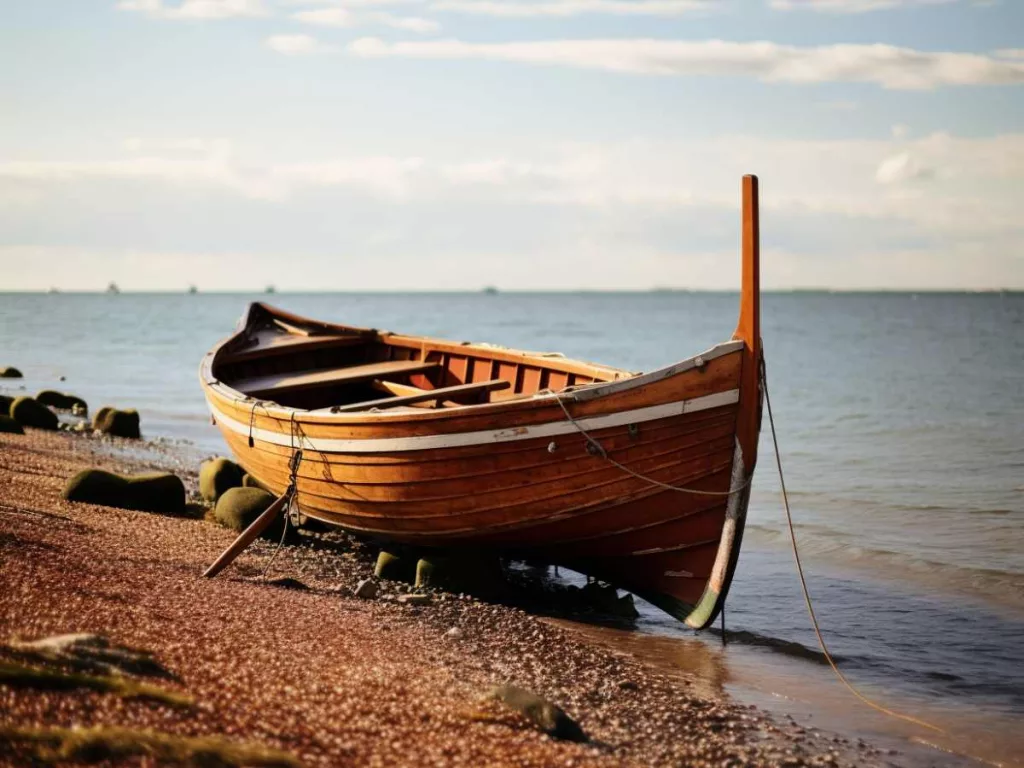
Safety and Environmental Considerations
Safe Handling and Storage
- Safety First: While beneficial for wood, preservatives can pose risks if mishandled.
- Protective Gear: Always wear gloves and safety goggles to prevent direct contact with these chemicals.
- Ventilation is Key: Ensure proper ventilation during application to avoid inhaling harmful fumes.
- Storage Matters: Store them in a cool, dry place, ensuring they’re out of reach of children and pets.
- Seal Tightly: Always securely seal containers to prevent accidental spills and maintain the product’s efficacy.
Having been in the woodworking industry for years, I’ve witnessed the repercussions of neglecting safety. It’s paramount to prioritize safe handling and storage.
Early in my woodworking career, I once overlooked the importance of sealing a preservative container tightly. The next day, I found it had leaked, compromising not only the product but also damaging other tools in my workshop. It was a costly lesson, but it underscored the importance of meticulous storage practices.
Environmental Impact and Eco-Friendly Options
- Environmental Concerns: They have environmental implications, with traditional ones potentially contributing to pollution.
- Soil and Water: Traditional preservatives can negatively impact soil and water quality.
- Awareness is Key: It’s essential to understand the environmental footprint of the products we choose.
- Industry Innovations: Recognizing these concerns, the industry is evolving, offering more eco-friendly solutions.
- Eco-Friendly Options: Modern preservatives, either derived from natural sources or formulated to be biodegradable, minimize environmental harm.
- Same Protection, Less Harm: These eco-friendly alternatives provide the same wood protection without the environmental drawbacks.
As someone passionate about both woodworking and sustainability, I advocate for eco-friendly products. They not only safeguard our wooden creations but also contribute to a greener planet for all.
A few years back, I worked on a project that required a significant amount of wood preservative. I opted for a traditional product, not fully aware of its environmental impact. After the project, I noticed the runoff had affected the plants in my workshop’s vicinity. It was a wake-up call. Since then, I’ve made a conscious effort to research and use eco-friendly alternatives, ensuring my craft doesn’t harm the environment.
Conclusion
Wood, in its essence, is a gift from nature. It provides us with shelter, warmth, and countless everyday utilities. Water repellent preservatives play a pivotal role in ensuring that this gift lasts, protecting it from the ravages of time and environment. As we conclude, it’s imperative to underscore their significance. For every homeowner, craftsman, or DIY enthusiast, prioritizing protection is not just about preserving a material; it’s about cherishing a legacy.
References
- “Weathering performance of painted wood pretreated with water-repellent preservatives” by William C. Feist.
- “EFFECT OF WATER REPELLENTS ON LONG-TERM DURABILITY OF MILLWORK TREATED WITH WATER-REPELLENT PRESERVATIVES” by R. SAM WILLIAMS
Related Links
FAQs
What is water repellent preservative?
It’s a solution that protects wood from moisture and decay from fungi and insects.
Does wood preserver repel water?
Yes, many do, but it varies by product.
What is the best waterproofing for wood?
Polyurethane sealants, varnishes, and oil-based stains are commonly recommended.
What is the difference between wood sealer and wood preservative?
A sealer prevents moisture penetration, while a preservative protects against decay and insects.






